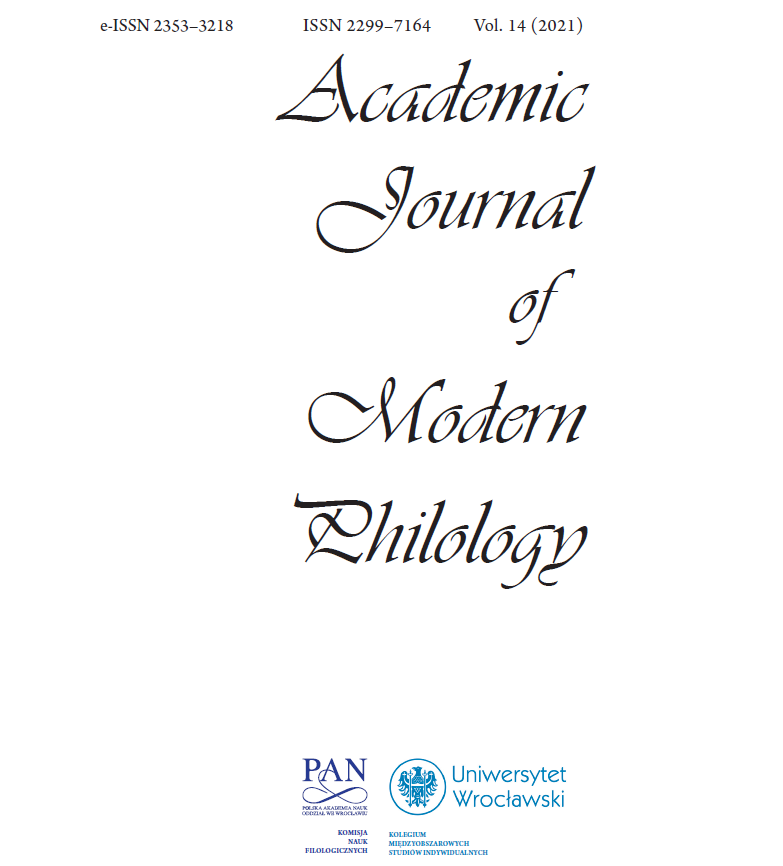The Legend of Ashoka’s Hell and References to theTorture Chamber of the Mauryan Emperor in Ajñeya’s Play Uttar Priyadarśī
The Legend of Ashoka’s Hell and References to theTorture Chamber of the Mauryan Emperor in Ajñeya’s Play Uttar Priyadarśī
Author(s): Teresa MiążekSubject(s): Language and Literature Studies, Literary Texts, Studies of Literature, Philology
Published by: Komisja Nauk Filologicznych Oddziału Polskiej Akademii Nauk we Wrocławiu
Keywords: Ashoka; Ashoka’s hell; Ajñeya/Agyeya; Hindi drama; kāvya-nāṭak
Summary/Abstract: This paper discusses the legend of Ashoka’s hell relating to the ancient Indian emperor of Maurya dynasty and his conversion to Buddhism as depicted by the Hindi writer Ajñeya (1911–1987) in his play Uttar Priyadarśī of 1967 as well as references made by him to a torture chamber in the imperial palace in Pataliputra. The thesis proposed here is that Ajñeya, while re-telling the old Buddhist legend and referring it to the emperor’s material prison, seeks to renew how it is perceived and prove its underlying concept. While looking for overlaps between history and legend and focusing on Ashoka’s prison-hell, he aims to present the truth about the reason and manner of the emperor’s conversion. References to the Buddhist story in Indian and Chinese versions and history of Ashoka are studied to reveal their mutual role in the play. His version of the tale is compared to the relevant part of the Aśokāvadāna, regarded as the most reliable source on the legend of Ashoka. It is illustrated by passages from Ajñeya’s play translated for the first time in this paper and the available English translations of the Aśokāvadāna with some references to its text in Sanskrit. The analysis presented here proves that the playwright emphasises descriptions of torture and terror that correspond to the state of Ashoka’s mind, which is tormented by the phantoms of war against the state of Kalinga. Thus, he provides psychological insight into the main protagonist’s Self. Ajñeya transforms the legend by making the emperor’s regret the main reason for his renunciation of war and conversion to Buddhism. He also changes its ending so that it suits the final message of his play. Priyadarshi’s salvation from hell has to be read as liberation from one’s exaggerated Self, the reason for his suffering, which is only possible once it is renounced. The analysis proves Ajñeya’s skills in evoking an ancient dramatic style, and language while presenting Ashoka’s dilemma as a modern conflict. In the end, the motif of “entering hell” is referred to as one of the oldest known topoi in world literature
Journal: Academic Journal of Modern Philology
- Issue Year: 2021
- Issue No: 14
- Page Range: 257-274
- Page Count: 18
- Language: English

